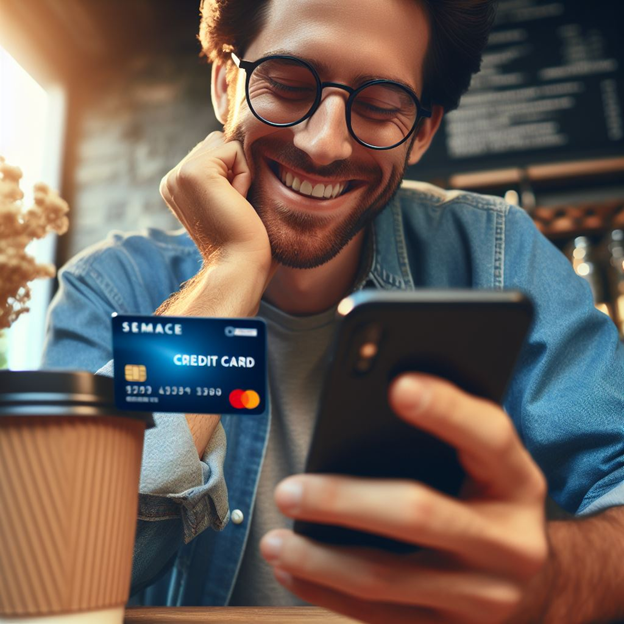
In the digital age, our lives are intricately woven into a tapestry of online accounts, social profiles, and personal data that outlive our physical presence. The finality of death does not erase the digital footprints we leave behind. As we contemplate the inevitability of our mortality, we must consider the legacy of our digital identities. Protecting one’s identity posthumously is not merely a matter of personal privacy; it is a safeguard for family members from the burdens of identity theft, financial fraud, and the misuse of sensitive information.
Managing our accounts beyond the grave is a testament to our foresight and care for family and friends we leave behind. It ensures that our departure from this world does not become an opportunity for exploitation. Thus, securing our digital afterlife is as crucial as protecting our privacy, warranting thoughtful planning and decisive action.
Protecting one’s identity after death is a crucial aspect of privacy that often goes overlooked. Here are some steps that individuals can take to ensure their privacy and identity remain secure even after they pass away:
- Obtain Multiple Copies of the Death Certificate: It’s essential to have several certified copies of the death certificate to notify various agencies and organizations of the death.
- Notify Credit Reporting Agencies: Send copies of the death certificate to the three major credit bureaus—Experian, Equifax, and TransUnion—requesting a “deceased alert” on the credit reports.
- Review the Deceased’s Credit Report: Check for any questionable activity or unfamiliar accounts that may indicate identity theft.
- Limit Personal Information in Obituaries: Avoid including too much personal information in obituaries, such as birth date, address, mother’s maiden name, or other details that identity thieves could exploit.
- Close Existing Accounts: Contact banks, credit card companies, and other financial institutions to close any no longer needed accounts.
- Secure Online Accounts: Ensure that all online accounts, including social media and email, are either closed or set to a memorial status according to the platform’s policies.
- Protect the Social Security Number: Notify the Social Security Administration of the death to prevent misuse of the Social Security number.
- Use Identity Theft Protection Services: Consider using services specializing in deceased identity theft protection. These services monitor the fraudulent use of the deceased’s information.
- Consult with an Estate Attorney: An estate or probate attorney can help navigate the legal aspects of protecting the deceased’s identity and adequately handling the estate.
- Inform the IRS: To prevent tax fraud, send a copy of the death certificate to the IRS, along with the final tax return.
By taking these proactive steps, individuals can help safeguard their loved ones’ identities and maintain their privacy even after death. It’s a thoughtful and responsible way to handle one’s digital legacy and protect against identity theft.








